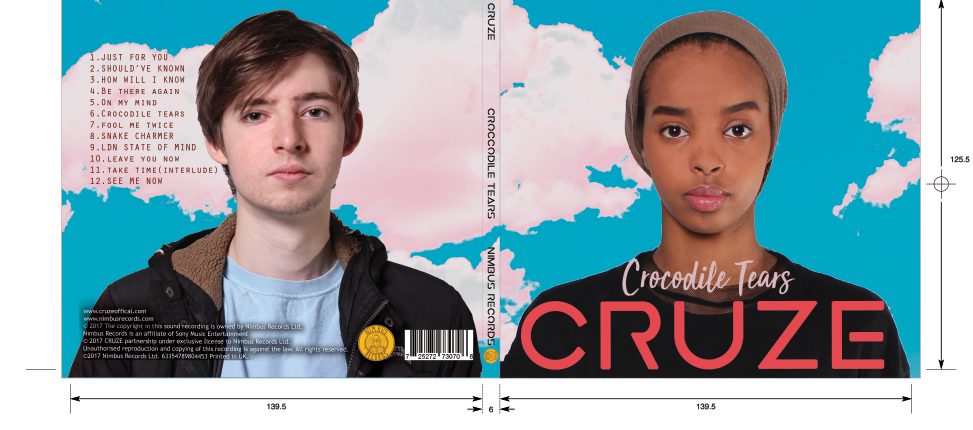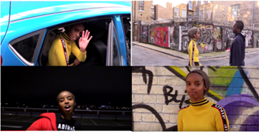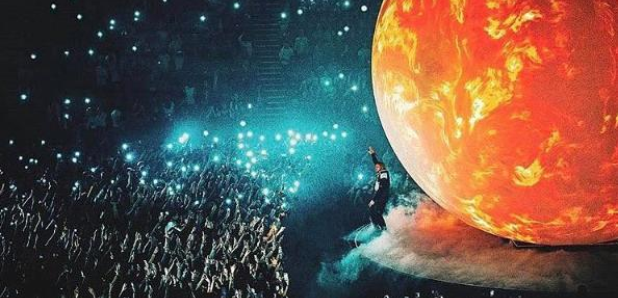Our three media products: the music video, album
and website all use, develop and challenge the existing forms and conventions
of real-life media products in the music industry. We adhered to forms and
conventions of existing media products in the music industry to ensure that
there was always a place in the market for our media products as they all
looked very realistic. We challenged some conventions such as the sexualisation of females that is heavily prevalent in the genre as we felt this would
make our products unique and more appealing to our target audience.
Frith’s
Theory
When planning our music video it was important
that we made sure our ideas were influenced by different theories. Frith’s
theory of music video where he classifies what the major types of music videos
are was very useful as it allowed us to distinguish the overall form we wanted
our video to take from an early stage.
Music
Video
Here are some of the forms and conventions
of music videos:
The relationship between the lyrics, music and visuals
The first two aspects of Goodwin's theory is that there is a clear relationship between the lyrics, music and the visuals. The visuals are often used to support or contradict the lyrics/music.
In our music video there is a relatively clear relationship between the lyrics and the visuals.
Here are some examples:
| Here the actions of being in the phone and the miming mirror the line "You again, why'd you call? I don't need to hear you cryin' out my name" |
| Here there is a circling hand gesture and the editing creates a 'ghosting effect' which further illustrates the torment in her mind and matches the lyric ".. frame of my mind" |
| As the music gets faster here, the action is made to look faster through the "ghosting effect" editing style. |
| Here the characters turn away from each other to represent the breakdown of their relationship. |
Genre Characteristics
1. Shows off the artist(s)
2. Represents the artist(s) positively
3. Represents the genre clearly
4. Bright colours
5. Fast cuts that synchronize with the track
6. Wide range of shot types used in quick succession.
Intertextual References
Rather than referencing any specific movements or moments in popular culture, we decided to make reference the vintage sportswear styles of the 90s and early 00s. We felt it would make our artist more appealing as they would be paying homage to their earlier years and give them a unique quality which their fans would remember them by.
The notion of looking & voyeurism
Goodwin often talks about voyeurism and especially how females are sexualised in music videos. There are some voyeuristic aspects of our music video and a nothing of looking but it subverts common conventions by being empowering rather than sexual.
In the video the artist looks at the camera most of the time but her scenes with her (ex)boyfriend she looks away from the camera. We did this deliberately to show her inner strength and the fact that she doesn't need a man to constantly support her and be by her side as she has strength in her own voice.
The record label's demands must be met
As we created an artist and record label we didn't have any official demands from a label but we followed the conventions of similar artists and labels. These conventions were: beauty shots (close up shots of the artist that would really sell their image), shots of the artist performing to further push and sell their artistry and shots of the artists' clothing as this would help with brand deals and again sell the image that the artist intended to convey.


The "sporty-vintage" clothing in our music video is in line with the conventions of the genre. This consisted of Nike trainers, puffer jackets and bright colours. A record label would want to promote an artists image and their relationships with brands by them seen endorsing products in videos such as Nike.
Digipak
For the digipak, we did conform to the typical conventions of other album covers, both in general and, more importantly, existing albums of the garage/RnB genre. We felt it was useful to conform to some of the conventions as some are needed to allow our digipak to easily be identified as an album cover and to ensure we included all of the institutional information that was expected. Such as the record label, a main focal image and institutional information. Using all of this allowed our digipak to look professional and realistic.
I have created a slideshow to explore the conventions of album covers and how we have adhered to them or subverted them:
Website
On the whole, we adhered to the conventions of websites as we wanted to make sure it looked professional and realistic. Here is a slideshow of the conventions of the website:
Conclusion
In conclusion, the 3 different media products we created all use, develop and challenge their own forms and conventions. We felt it was useful to adhere to conventions as we felt that it made our media products look more realistic and professional. We challenged some conventions as we felt it made our products look more unique and have a greater appeal.

































